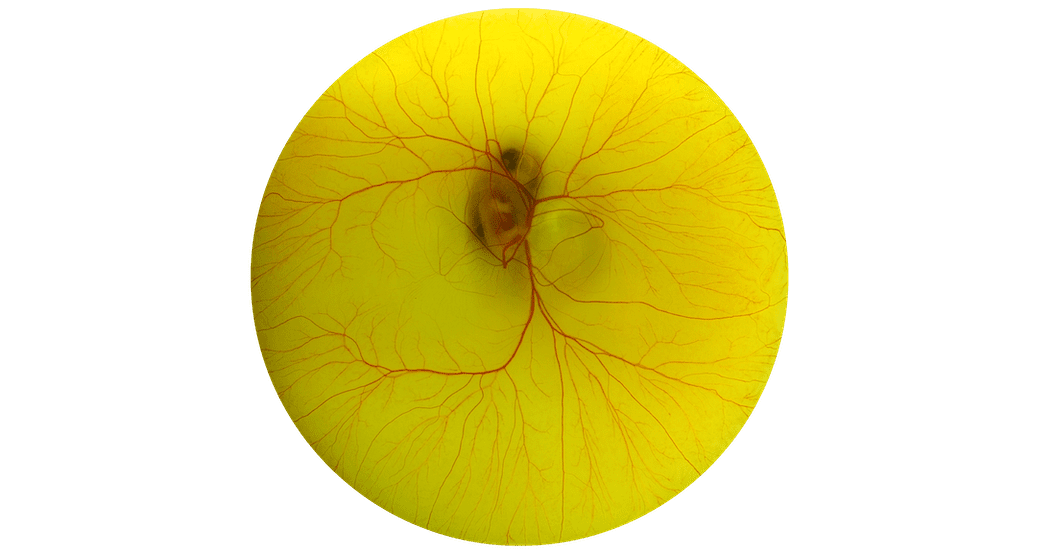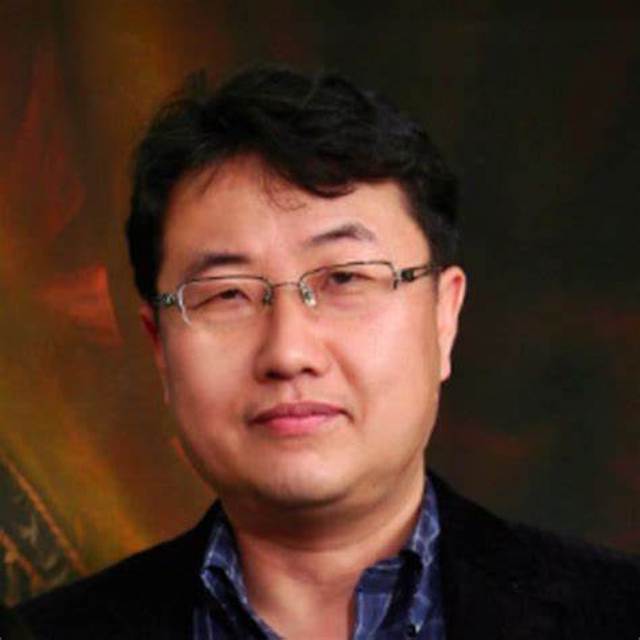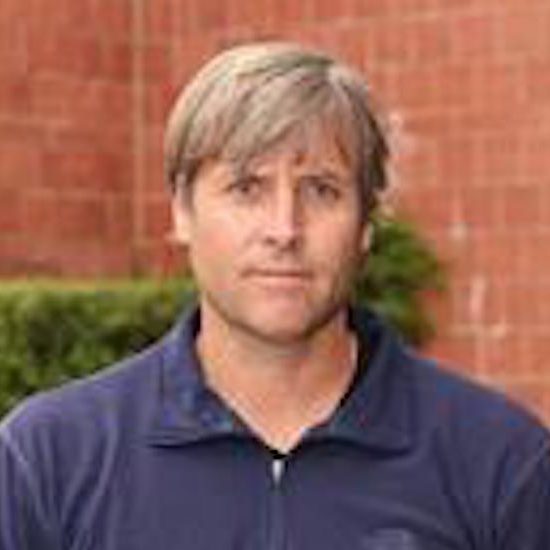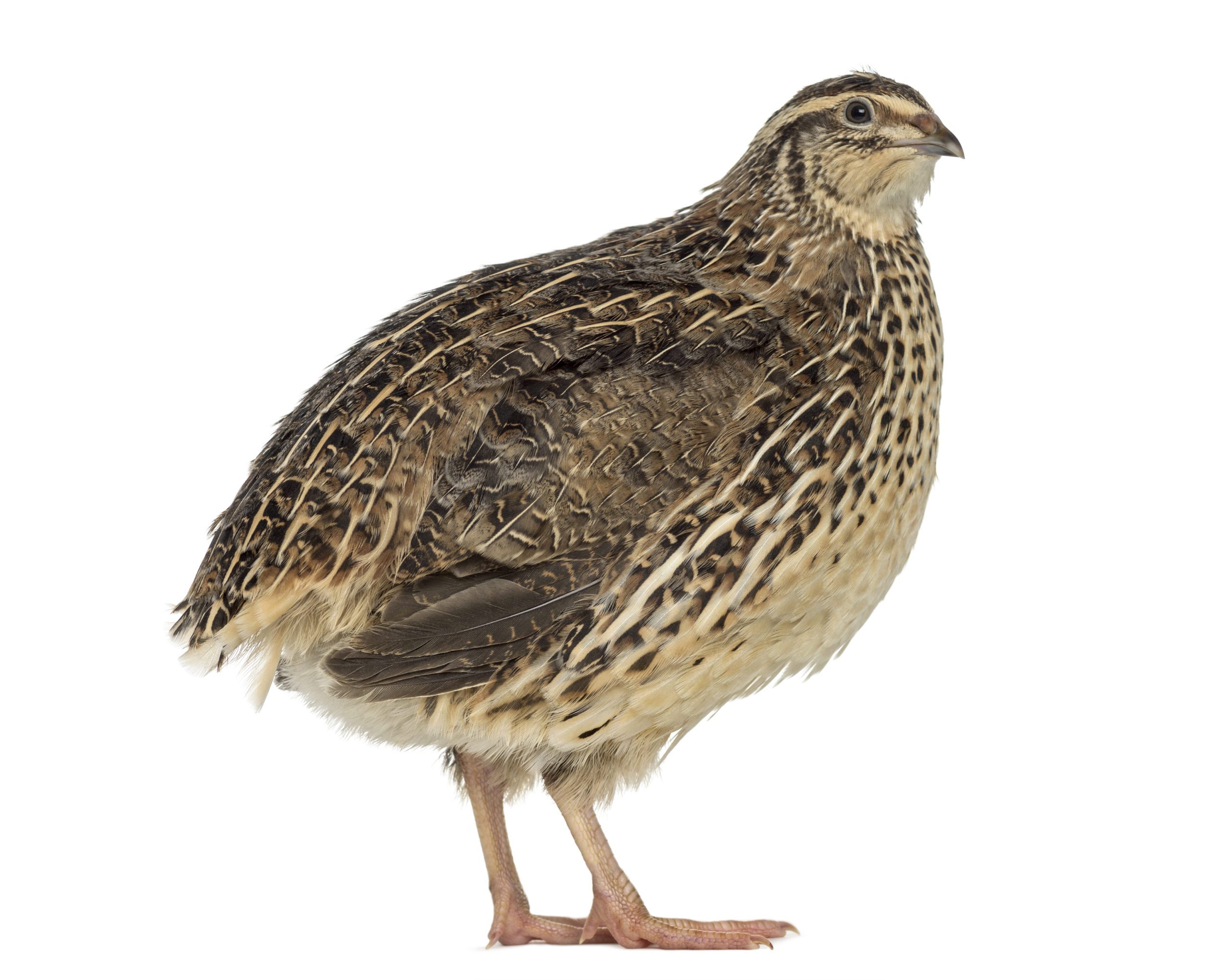Nurturing embryonic development
Guojun Sheng
Kumamoto University

Congratulations to our award recipients!
In 2022, the Biotechnology for Bird Conservation Program awarded funding to 8 teams conducting groundbreaking research in avian reproductive technologies. These teams will work collaboratively across program tracks to transform the future of bird conservation. Pioneering efforts are already underway:
PROGRAM TRACK 1: CULTURING AVIAN GERM CELLS FOR REPRODUCTION

Optimizing and Expanding the Avian Primordial Germ Cell Toolkit
Erich Jarvis
Rockefeller University, USA

When galliformes produce endangered parrots using cockatiels and quails as a model
Michael Liers
Universität Giessen, Germany
More than one third of all psittacine species are classified as threatened. Efforts to stabilize the population in the wild are often insufficient. Therefore, captive breeding programs are often necessary and gain more importance in species conservation. Unfortunately, due to various reasons, breeding success in such programs is regularly low. The cultivation and germline transmission of avian primordial germ cells (PGCs) may solve these problems.
In our approach, we are using the high reproductive output of chickens for the reproduction of endangered parrot species. The goal is to produce cross- species chimeras as a model for producing endangered parrots in highly reproductive avian species.

Establishment of the culture of primordial germ cells in the blue-breasted quail (Coturnix chinensis)
Yoshiaki Nakamura
Hiroshima University, Japan
The blue-breasted quail (Coturnix chinensis) is the smallest species in the order Galliformes and exhibits excellent reproductive performance with short generation interval under artificial rearing conditions. Therefore, advantages of using the blue-breasted quail as avian research model are reduction in the cost, space and labor for breeding. However, the manipulation of primordial germ cells (PGCs), the first germ cells established during embryogenesis, have not been established yet.
This project aims to establish the culture of PGCs with maintain germline competency in blue-breasted quail for future application of cryobanking in birds.
PROGRAM TRACK 2: AVIAN STEM CELLS FOR REPRODUCTION

Peafowl conservation via optimal integration of embryology and stem cell biology
Guojun Sheng
Kumamoto University, Japan
We will combine our expertise in developmental, stem cell and avian biology to achieve germ cell differentiation from embryonic stem cells derived from an endangered bird species, the green peafowl. We will use lab birds (e.g., chicken, duck) and a sister peafowl (blue peafowl) as experimental models and optimize gonadal colonization and induce gamete maturation of green peafowl germ cells.

Derivation of primordial germ cells from zebra finch ESCs/iPSCs, and their use for species preservation
Qilong Ying
University of Southern California, USA
We will generate germ cells from zebra finch embryonic stem cells and induced pluripotent stem cells. These germ cells will be used to produce zebra finch offspring. This project is a collaborative effort between researchers with expertise in stem cell biology and bird transgenesis. Successful completion of this project will open new opportunities for the preservation of many endangered avian species.
PROGRAM TRACK 3: IN VIVO GENE EDITING

Nanoparticle-mediated in vivo gene-editing of bird germ-lines
Jae Yong Han
Seoul National University, Korea
There have been numerous endangered bird species due to rapid environmental changes such as climate changes and subsequent loss of their habitats. Producing genome-modified wild birds by editing the genes to gain adaptability to specific condition is one of the promising strategies to conserve endangered avian species.
Primordial germ cells (PGCs) are most widely used to produce genome-edited birds, but it is still difficult to isolate and culture PGCs of wild type birds, which is the most limiting steps in producing genome edited wild birds. Alternatively, in vivo gene editing system through gene delivery vehicles can be applied to produce genome modified wild birds.
Exosomes, as natural nanoparticles, can efficiently deliver internal cargo to target cells without cytotoxicity. However, nanoparticle-mediated genome editing has not yet been applied to avian species. In this project, we aim to efficiently produce genome edited birds by in vitro and in vivo gene editing of endogenous PGCs.
PROGRAM TRACK 4: STERILE SURROGATES FOR REPRODUCTION OF DONOR CELL LINES

Generation of sterile surrogate quail and zebra finch via CRISPR/Cas9-mediated gene editing to produce allogenic and xenogenic donor PGC-derived offspring
Kichoon Lee
Ohio State University, USA
Genome editing technology can be a breakthrough in bird conservation by generating sterile surrogate to improve germ-line transmission of germ cells from donor species. To achieve the main goal for Biotechnology for Bird Conservation, development of a genome editing method that can be applied to various bird species is essential. Along with the currently available genome editing technique in chickens, our group developed a new adenovirus-mediated genome editing method that was successful in quail, chickens, and ducks for the first time. By direct genome editing of embryos in the eggs using adenovirus, the adenovirus-mediated method can be potentially applied to various avian species.
Using this method, biparental sterile surrogates will be generated in quail and zebra finches to produce offspring from donor germ cells without breeding donor birds.

DAZLing transplants for avian restorations
Rusty Lansford
University of Southern California, USA
Why this work matters
Advanced biotechnologies can revolutionize the way species are protected and restored.
The Biotechnology for Bird Conservation Program is a collaborative effort from the world’s leading experts to build new biotechnology tools that can aid bird conservation globally.
Together, we can change the future of conservation – for birds and beyond.

Japanese Quail (Coturnix japonica)



